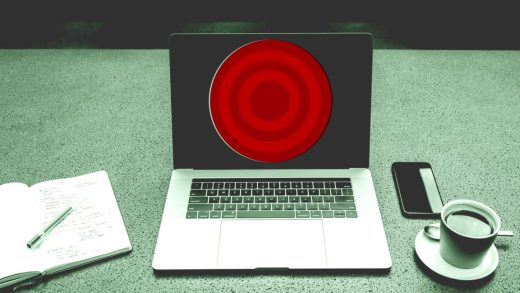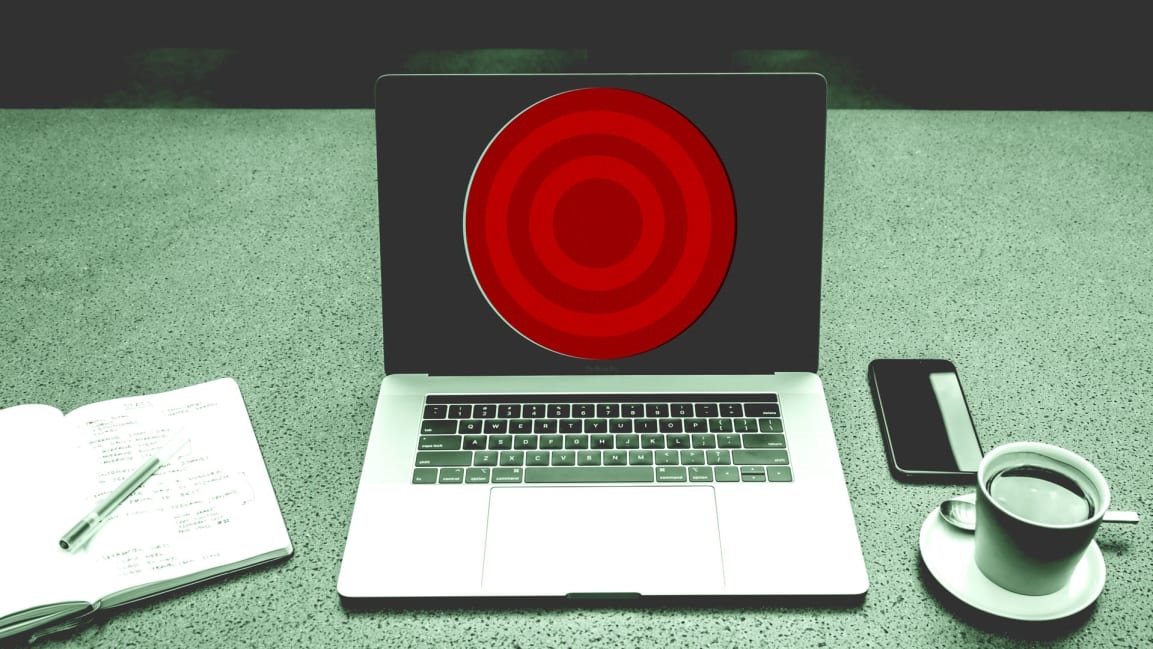The one strategy managers need to make sure employees stay after the COVID-19 crisis
Working from home is now a reality for millions of employees around the world, creating a new normal for a slew of businesses and industries. But running a successful work environment doesn’t change because it’s now remote. In a typical office situation, you want to give employees autonomy and help them build confidence in their own decision-making skills. That shouldn’t change in this new (hopefully temporary) environment.
Meanwhile, team collaboration remains vital for many of these workers in this altered culture, leading to increased reliance on tools such as Slack and Zoom.
Businesses of all types and sizes have done a valiant job of pivoting on the fly, remaining productive in these trying times in the face of a multitude of new challenges. But it’s important for employers not to lose sight of what happens when it comes time to resume business as usual. Anxiety levels within the workforce are already high—a constant barrage of not-so-encouraging news can do that to the psyche—and if employers add to that anxiety by micromanaging or implementing policies that show a lack of trust, there’s a big risk for churn post-quarantine.
While we have all had fun passing the time by challenging our friends to virtual push-up competitions or listening to celebrities read bedtime stories to our kids, the fact is that working from home is bound to cause some level of morale drain among the workforce. Many workers simply aren’t used to it. But it also creates a huge opportunity for business owners and managers to instill confidence in their teams by showing them the trust and appreciation they deserve.
The privacy cost of seamless collaboration
This brings us back to two of the main pillars of this new work from home paradigm. The tools are helpful, yes, but using the tracking features in applications like Zoom or Slack can ultimately be very problematic. It’s understandable that if the information is there, it can be hard to turn down, but there are other ways to track productivity without being invasive.
Just how meddlesome can these apps be? A quick browse through Zoom’s privacy policy becomes instantly alarming. The tool has an “attendee attention tracking” feature where hosts can see an indicator during a meeting or webinar if an attendee doesn’t have the Zoom desktop or mobile app in focus for more than 30 seconds while someone is sharing a screen. So, if an email comes through that an employee needs to respond to immediately, the virtual tattletale will let the meeting host know that they’re not paying attention.
This really only scratches the surface when it comes to Zoom’s overarching privacy policy, which seems to be that there is no privacy at all. One section of its policy reads, “Whether you have Zoom account or not, we may collect Personal Data from or about you when you use or otherwise interact with our Products.” It goes on to list eight bullets worth of the types of information the app is “allowed” to collect, including information about your job, Facebook profile information, and even credit card information.
Slack doesn’t fare much better. Employers have the ability to read all messages sent through the platform, even “private” messages. This doesn’t mean that employers actually do read their employees’ messages, but the possibility is there. As is the case with email, it’s important for employees to know that anything they send can be read and potentially used against them. But again, this sets up a situation where managers can let their employees know that, barring extreme circumstances, their private Slack messages are indeed private.
Winning with employee-centric policies
Boosting employee morale right now can be as simple as laying it out in the open. Commit to a 30- or 60-minute all-hands meeting and alert everyone about the tracking capabilities that Zoom, Slack, and other tools present, and reassure employees that they needn’t worry because this goes against your own business and personal philosophy.
It really comes down to common sense. Effective managers need to realize and appreciate that, in this situation, the workers they depend on may not be online from nine-to-five in the same way that they are under normal office conditions. Business owners should really only concern themselves with results and not with whether a handful of employees happened to browse away from your screen share for more than 30 seconds.
Employee privacy has been a cornerstone of my philosophy in my roughly two decades leading a global team. The bottom line is that if your employees feel you’re watching over their every move and that you don’t trust them, there is a good chance they’ll revolt when we’re all back in the office. They’ll find an employer that values and respects their space. Particularly in today’s climate, you have to expect that people’s personal lives are going to impact them while working from home. If the work isn’t slipping, there should be no reason to be suspicious.
My personal philosophy carries over to Zoho products, which place extreme value on user privacy in a way that many of today’s apps do not. But this isn’t about implementing the right tools. It’s about using those tools in the most responsible way. Only then will business owners and managers instill the trust and confidence in their workforce needed for optimal productivity and success over the long haul.
Raju Vegesna is the chief evangelist of Zoho.
(10)



